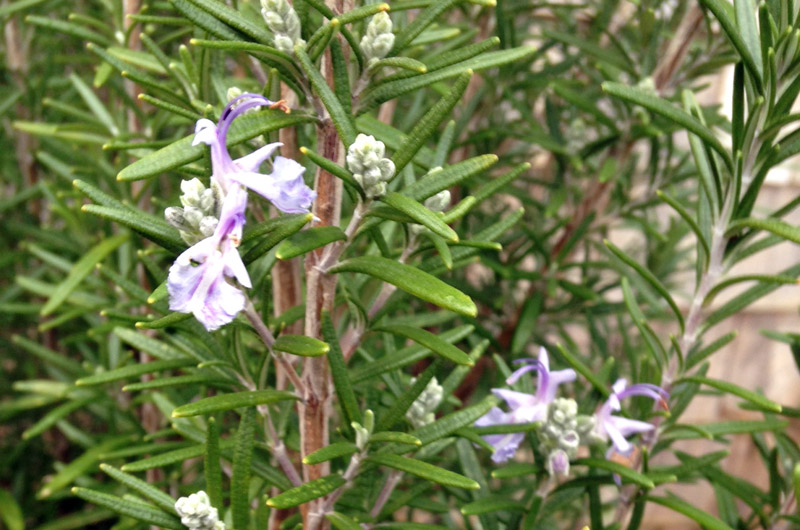Santa must have been sweating when he arrived in New England last week. All bundled up for his trip south, what a surprise it must have been to get here and have temperatures in the sixties. And those poor reindeer, I hope the heat didn’t slow them down, since there were a lot of folks waiting on that sled.
Even those of us who were already here were feeling the heat. Carolers spreading cheer could have been decked out in shorts and dresses, singing perhaps a different tune. “Baby its warm outside” might have been the refrain, and the only thing making our Christmas white is the confused December-blooming flowers.
Nature, too, seemed disordered by the unseasonably warm weather. Reports came in of flowers blooming, a monarch flying, and birds singing as if it were spring. Rosemary, roses and dandelions boasted blossoms, and my bees, usually inside their hive waiting out winter, were out enjoying the flowers. Mytoi Garden on Chappaquiddick reportedly had rhododendrons and cherries in bloom.
How warm is it and how does it compare? Consider that during the first two weeks of December, more than 5,900 daily temperature records were broken across the country, according to The Weather Channel. Last October was reportedly the warmest on record ever.
Is climate change to blame? Yes and no. This year’s weird weather can be blamed more directly on El Nino, though climate change, which describes long-term weather and atmospheric changes, can affect shorter-term weather events in terms of their extremity, severity and frequency.
El Nino is defined by the National Oceanic and Atmospheric Administration (NOAA) as a “large scale ocean and atmospheric climate interaction linked to periodic warming in the sea surface temperature across Central and eastern Central Equatorial Pacific.” Though the phenomenon occurs in the Pacific, its consequences are global.
Occurring irregularly every two to seven years, El Nino can last from nine months to a year or longer. And some years are worse than others. This year is one of those "super" El Nino years coming in as one of the more record-setting events documented in terms of numbers and strength of hurricanes, typhoons and storms. Flooding in South America, drought in Central America, Australia and Indonesia, and lack of needed monsoon rains in India are just some of the international consequences of the wild weather this year.
Translated from Spanish, El Nino means little boy or Christ child, so-called because of the December occurrence of warm weather. Part of the El Nino oscillation cycle, El Nino has an alter ego: La Nina, or little girl, which brings below-average temperatures, but occurs less frequently than her boisterous brother.
While I can’t decide whether to enjoy or worry about the weather, it does give me pause. Bursting buds, dandelions in December and spring-like temperatures all seem strange.
Perhaps the idioms bear out my concern. A German proverb suggests “A warm Christmas, a cold Easter; a green Christmas, a white Easter.” But even more unsettling is the Chinese proverb that muses a “mild winter makes a full graveyard.”
Suzan Bellincampi is director of the Felix Neck Wildlife Sanctuary in Edgartown, and author of Martha’s Vineyard: A Field Guide to Island Nature.








Comments (9)
Comments
Comment policy »